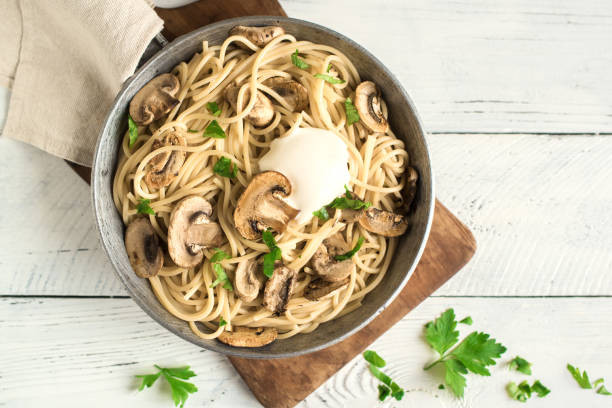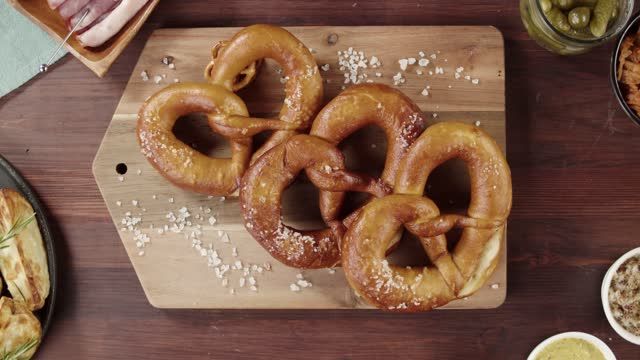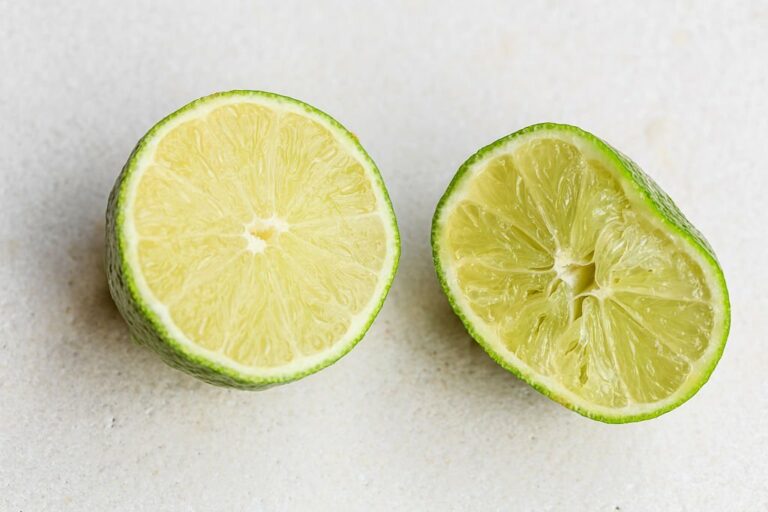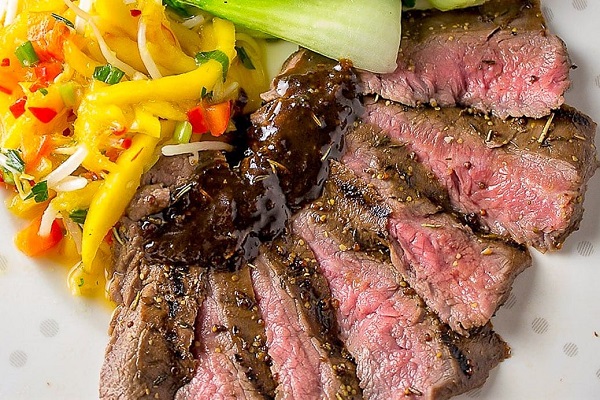The Best Mushrooms for Enriching Your Pasta Dishes
I absolutely love pasta. There’s nothing more comforting to me than a big bowl of noodles covered in flavorful sauce and topped with savory ingredients. Over the years, I’ve experimented with all kinds of pasta recipes in my home kitchen. Through trial and error, I’ve learned how to make restaurant-quality pasta dishes that my whole family enjoys.
One ingredient that I frequently use to elevate my pasta is mushrooms. Adding mushrooms enhances both the texture and the flavor of pasta creations. The earthiness and umami taste of mushrooms perfectly complements starchy noodles and rich sauces.
In this article, I share my recommendations for the best mushroom varieties to use in pasta dishes. Whether making a quick weeknight meal or an impressive dinner party entrée, you can’t go wrong incorporating these fantastic fungi into your pasta recipes. Read on to discover my top picks!
An Overview of Mushrooms’ Impact on Pasta
Before diving into specifics, let’s first go over why mushrooms work so wonderfully well in pasta dishes overall. First and foremost, the meaty texture provides contrast to softer noodles. Mushrooms also soak up surrounding flavors like a sponge. When cooked in aromatic sauces and oils, they become infused with those tastes.
Additionally, mushrooms lendpasta a more complex, savory profile. Thanks to natural umami compounds, they make sauces richer without extra salt, fat or calories. This effect boosts satisfaction, so a small serving feels more indulgent. Mushrooms likewise add substance for a heartier meal that’s still relatively light.
Types of Mushrooms to Use in Pasta Recipes
Many varieties of mushrooms pair nicely with pasta, from common white buttons to exotic chanterelles. Which kind you choose depends mainly on the preparation method and other ingredients. Here are my top recommendations for making sensational mushroom pasta dishes at home.
Portobello Mushrooms
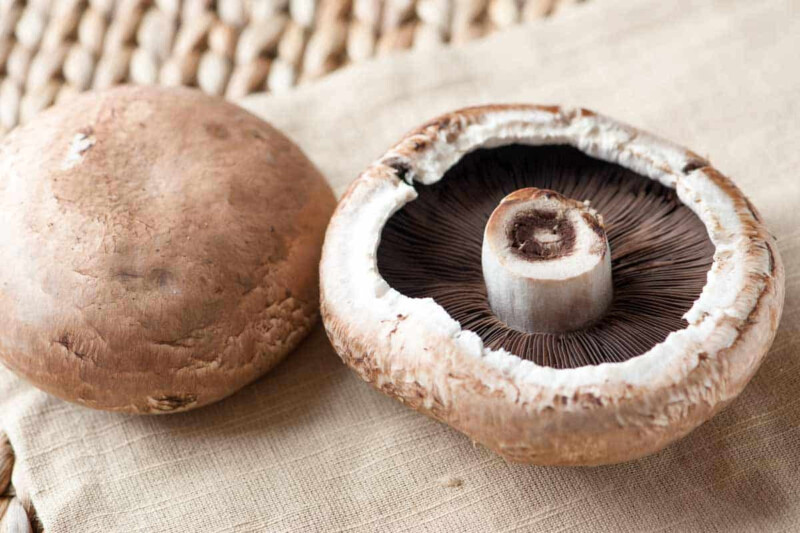
Portobello mushrooms are my number one choice for adding to pasta thanks to their size, shape and dense texture. The caps are large enough to slice, dice or leave whole depending on the dish. Their firm flesh stands up well to cooking without turning mushy.
For rich entrees like pasta stroganoff or ravioli, thin strips of sautéed portobello can mimic beef. They can also be grilled or roasted whole to place atop noodles. Either way, the massive mushrooms become infused with lovely caramelized flavor.
Crimini Mushrooms
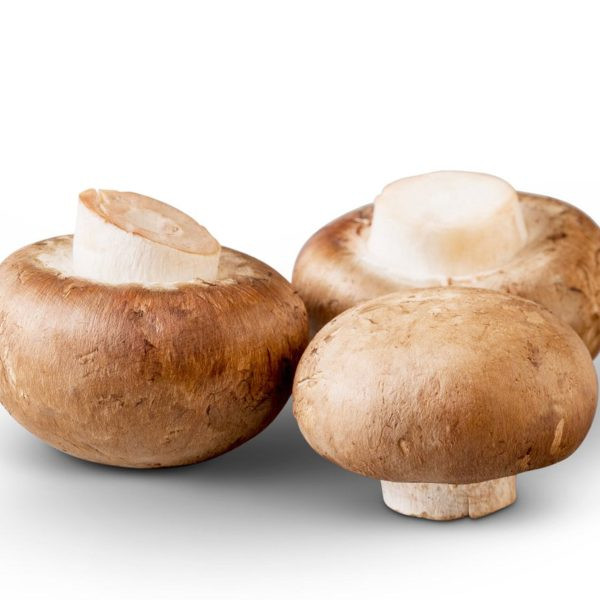
Crimini mushrooms, also called baby bellas, resemble miniature portobellos. They share a similarly savory, earthy taste along with a pleasant bite. Their petite dimensions make them ideal for mixing into sauce or stuffing in prepared dishes like manicotti or lasagna.
For simple pasta recipes, I recommend slicing then sautéing crimini mushrooms in olive oil and garlic. After a quick cook, toss the garlicky ‘shrooms with hot noodles and herbs or creamy sauce. It’s a fast and easy way to fancy up boring noodles any night of the week.
Shiitake Mushrooms
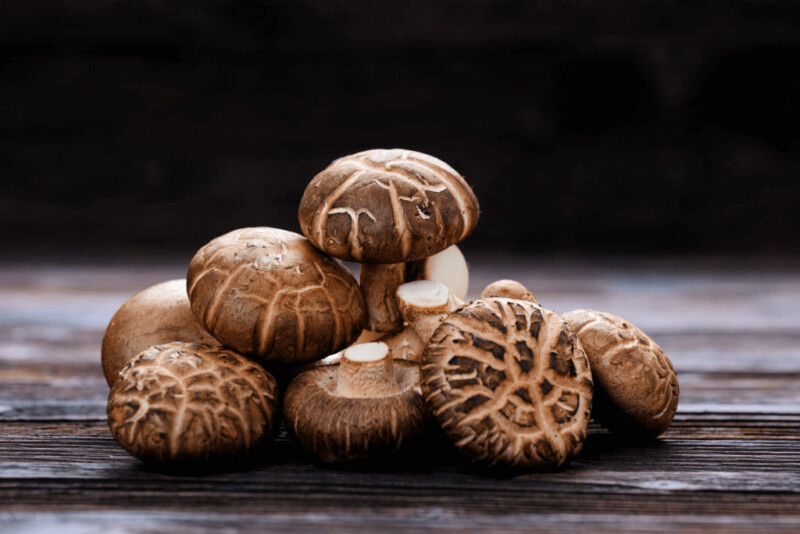
Originating in Asia, shiitake mushrooms now grow across the globe. They’re revered in Eastern cuisine and increasingly popular worldwide for their distinguishable flavor, aroma and texture. Unlike other varieties, they have an inherently savory umami taste even without added seasonings.
For the best results with pasta, use shiitakes in Asian-inspired dishes or cream-based preparations. Think pad thai or lo mein noodles tossed with stir-fried shiitakes and veggies. Fettuccine Alfredo is also superb when you add sautéed shiitakes along with the traditional garlic, butter and cheese.
Chanterelle Mushrooms
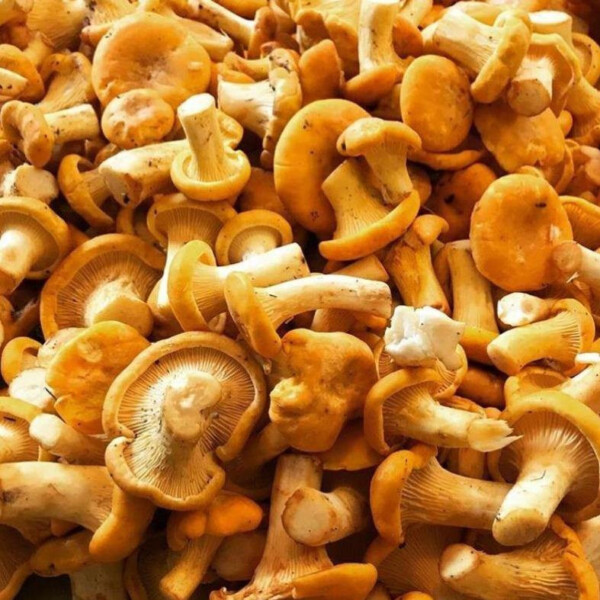
Wild chanterelle mushrooms are foragers’ treasures in the late summer and fall. Their golden hue and funnel-shaped caps make them easily identifiable. When cooked, they exude apricot-like aroma and fruity notes balanced by earthiness.
For show-stopping pasta worthy of special occasions, chanterelles shine paired with lighter, delicate flavor profiles. Make fettuccine or tagliatelle noodles, then dress them in a velvety sauce of chanterelles, white wine, herbs and Parmesan. The complex sweet-savory taste combination is absolute perfection!
Morel Mushrooms
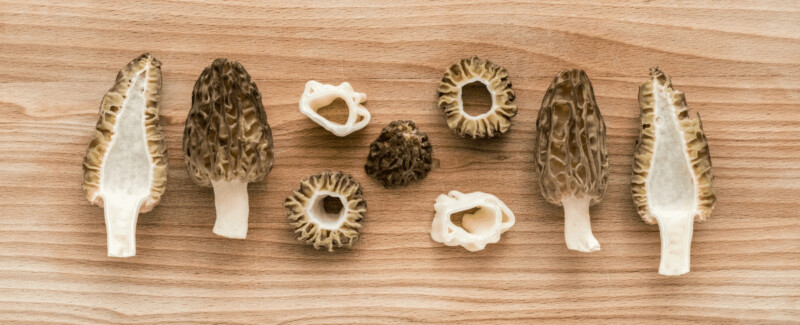
Visually, morel mushrooms look vastly different than other edible varieties due to their wrinkly, honeycomb appearance. But their texture and flavor closely resembles shiitakes – pleasantly dense and umami-forward. For best results in pasta, play up those traits with complementary ingredients.
One of my favorite morel pasta creations includes fettuccine noodles blanketed in an herby garlic cream sauce dotted with sautéed morels. I also adore them mixed into pasta bakes layered with tomato sauce, spinach, Italian sausage and melty mozzarella. However you prepare them, just be sure not to overlook these gems!
Oyster Mushrooms
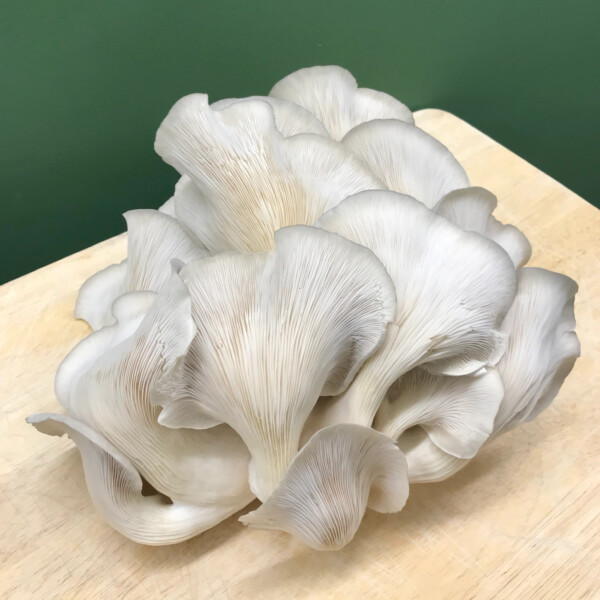
The oyster moniker comes from the shell-shaped caps of mature specimens. These quick-growing fungi thrive in humid regions across the world. Oyster mushrooms work especially well in place of seafood, thanks to a faint fishy flavor when cooked. They also have soft frilly texture resembling actual oysters.
For a unique pasta meal, make pad Thai with rice noodles, oyster mushrooms, shrimp, chicken or tofu. Or go Italian-style with linguine, sautéed oyster mushrooms, white wine, lemon and red pepper flakes. Either way, the “fishy” fungi perfectly replicate seafood notes without any actual sea creatures involved.
Porcini Mushrooms
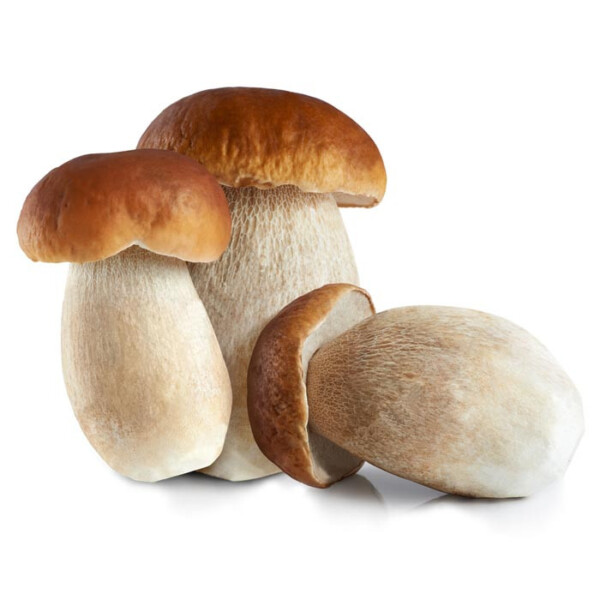
Among pasta lovers, porcini mushrooms reign supreme over all other varieties. These plump wild mushrooms grow across Europe where they’re celebrated components of Italian and French cuisine. When dried, they become concentrated sources of umami flavor to amp up dishes exponentially.
Fresh porcinis are sublime simply sautéed in butter or olive oil before tossing with hot pasta. For the ultimate experience, splash some white wine into the pan along with minced garlic as they finish. Dried porcinis also work wonders: just reconstitute and add to any creamy mushroom pasta sauce for intense depth and savoriness.
Comparing Fresh and Dried Mushrooms
The mushrooms described above can generally be used either fresh or dried in pasta recipes. But there are some important differences in flavor, texture and preparation worth noting before you begin cooking.
Fresh mushrooms obviously have higher water content, so they shrink considerably when cooked. Their flavor is brighter and more delicate as well. Dried mushrooms are chewier with even more concentrated umami punch; almost too intense on their own.
Rehydrating is essential for cooking with dried fungi. Typically I cover them with hot water or broth, then let them soak 20 minutes to 2 hours depending on thickness. The liquid extracts extra flavor, so don’t discard it! Use to make sauce, gravy or whatever your pasta dish requires.
Both fresh and dried mushroom varieties work wonderfully in pasta. Which option makes the most sense comes down to your recipe, timeline, skill level and personal preference. With proper handling, you really can’t fail either way!
A Comparison Table of the Best Mushrooms for Pasta
To summarize my pasta mushroom recommendations, see the chart below outlining the top varieties along with best cooking methods and pairings:
| Type of Mushroom | Fresh or Dried | Recommended Pasta Dishes |
|---|---|---|
| Portobello | Fresh, sliced/diced | Pasta bakes, Stroganoff, Mushroom ravioli |
| Crimini | Fresh, sliced | Garlic mushroom pasta, Lasagna, Manicotti |
| Shiitake | Both | Lo mein, Pad thai, Fettuccine alfredo |
| Chanterelle | Fresh | Tagliatelle/fettuccine in white wine sauce |
| Morel | Fresh | Fettuccine in garlic cream sauce, Pasta bakes |
| Oyster | Fresh | Linguine with lemon, white wine and red pepper flakes |
| Porcini | Both | Buttery mushroom pasta, Creamy porcini pasta sauce |
This covers my top recommendations, but don’t limit yourself! Experimenting with different mushroom varieties and pasta combinations is incredibly rewarding.
FAQs About Cooking Mushrooms for Pasta
Should you cook mushrooms before adding to pasta sauce?
Absolutely! Always cook any variety of mushroom before adding to pasta sauce. High water content makes for diluted flavor and sauce splattering if you add them raw. Quick sautéing enhances taste exponentially while preventing mess.
What mushrooms are good for pasta?
As outlined above, many types pair deliciously with pasta depending on preparation style. Lean towards heartier mushrooms like portobello and shiitake for baking or tossing with chunky sauces. Delicate chanterelle and oyster mushrooms suit lighter wine or broth-based dressings best.
Should you wash mushrooms before cooking for pasta?
Washing mushrooms before cooking is a must! Use a soft brush or cloth to clean dirt and debris off the caps and stems. Avoid soaking them to prevent getting soggy. Be thorough but gentle enough not to bruise them. Pat dry thoroughly before slicing and cooking.
Should you boil mushrooms for pasta recipes?
I don’t recommend boiling mushrooms to add to pasta. Their delicate flavor and texture gets lost using this cooking method. Instead, sauté, roast or grill sliced mushrooms first to develop the delicious caramelized, umami-rich taste you want in your pasta dish.
What to cook with dried mushrooms?
The easiest route is adding rehydrated dried mushrooms directly into simmering pasta sauce. But first consider soaking up and using the flavorful liquid too! Concentrated mushrooms liquid enhances risotto, soup stocks, gravies and more. Dried porcini powder also makes a superb seasoning rub for meats.
Key Takeaways on Cooking the Best Mushrooms for Pasta
After reading this guide, you should now feel equipped to start cooking sensational mushroom pasta recipes at home. To recap, here are the key points to remember:
- Sauté or roast mushrooms first before adding to pasta for maximum flavor infusion
- Lean on umami-rich varieties like portobello, shiitake and porcini to make sauce more satisfying
- Dried mushrooms offer convenience, bold flavor and seasoning opportunities through their soaking liquid
- Mix and match fresh mushroom varieties to create complex layered flavors in pasta dishes
- Proper cleaning and prepping helps mushrooms shine instead of turning slimy or bland
Follow my tips and soon you’ll be able to create restaurant-caliber pasta right from your own kitchen. Just remember – the options are endless, so don’t be afraid to experiment until you discover new favorite mushroom pasta combinations!
Satisfy Your Pasta Cravings with Fabulous Mushrooms
I don’t know about you, but I’m ready to put this fungal knowledge into practice! My next mission is developing the perfect shiitake and oyster mushroom pad thai loaded with plenty of noodles. After that, I may try my hand at fettuccinee alfredo with porcini mixed into the creamy sauce.
Hopefully reading this guide has sparked some inspiration for your own homemade pasta as well. Mushrooms truly act as magic ingredients, instantly making ordinary noodles extraordinary. I encourage you to grab your favorite mushroom and noodle varieties and start cooking up a storm today. Just wait until you experience these satisfying dishes for yourself – I have no doubt you’ll be hooked!
